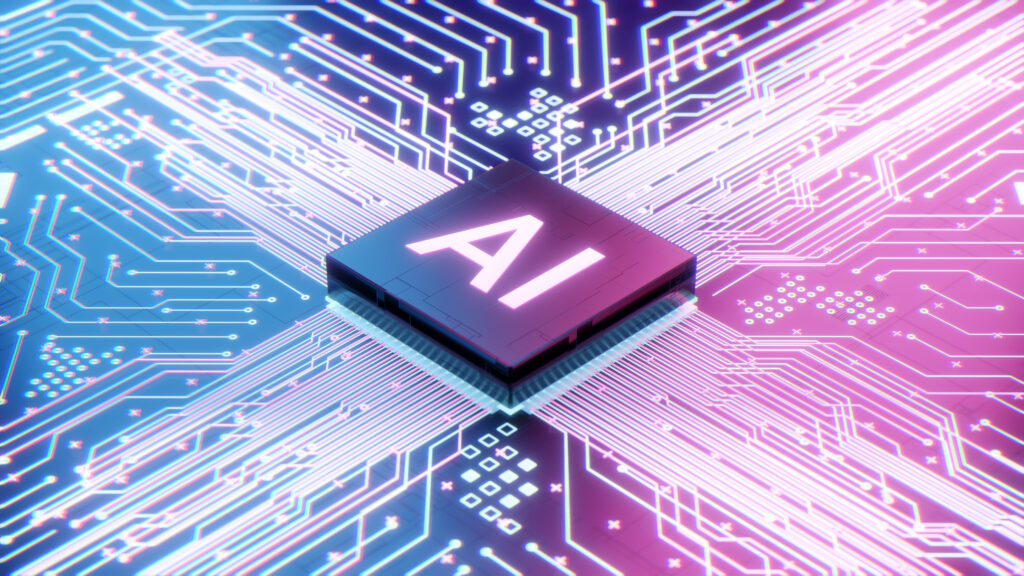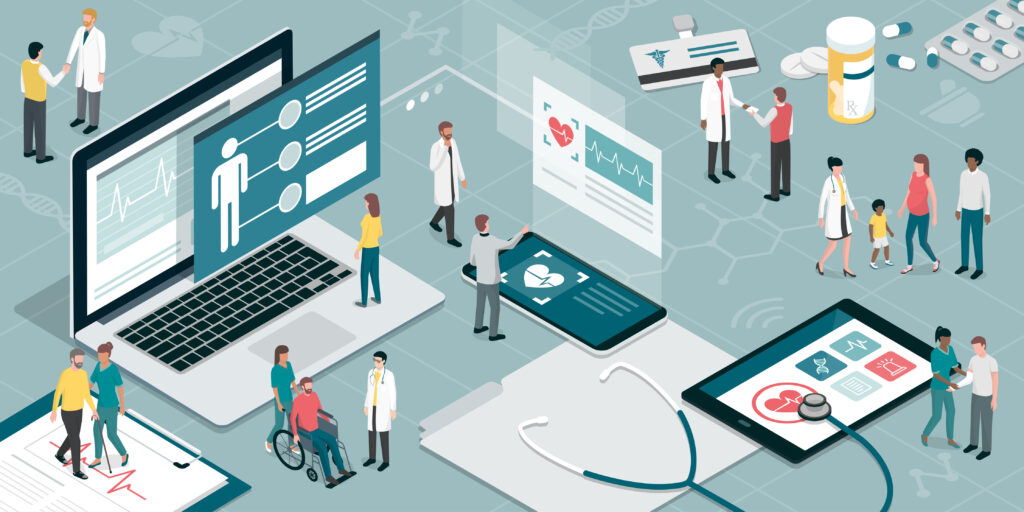The world is observing a radical change in healthcare technology trends.
Though dynamic, the only hope for this constant development is moving back toward a focus on understanding and solving patient care challenges with technology instead of reacting to crises and fires.
Let’s take a quick look at some of the top emerging healthcare technology trends you need to know and stay ahead of in 2023:
Health Tech Must Prove Big ROI

With healthcare costs increasing and margins shrinking, providers demand that healthcare technologies demonstrate a strong return on investment. Software vendors in 2023 will need to adapt these healthcare technology trends to succeed:
- Understand clients’ key economic metrics, cost structure, and revenue drivers (if you’re not sure, ask them).
- Show the specific ways your software improves client financial performance (such as enabling digital care follow-up to reduce readmissions or increasing patient volume and revenue through telehealth).
- Show as much real-world proof of ROI as possible with existing customers or beta customers for new technology.
- Emphasize innovation only for driving measurable ROI and patient experience—not just because it’s new and cool.
- Build in exceptional software business intelligence and reporting to make it as simple as possible for customers to document key performance metrics.
68% decline in hospital operating margin on patient revenue from 2021 to 2022, driven by rising labor and supply costs. This then requires immediate adoption of healthcare technology trends.
Artificial Intelligence and Machine Learning Continue to Lead the Healthcare Technology Trends

Just a few years ago, healthcare experts were breathlessly predicting how AI and ML promised a “new paradigm” that was “poised to overhaul the healthcare industry” and “transform how healthcare is delivered.”
The reality has proved more complex, and the healthcare industry now better understands AI’s applications and limits. In 2023, we expect companies and providers to continue focusing on the most valuable and practical use cases of these healthcare technology trends.
Despite some tempered expectations, several targeted use cases for AI in healthcare have become a reality, including:
- Automated triggers keep patients informed and on track with their care plans
- Improved care workflows and collaboration
- Greater accuracy and control for opioid prescriptions
- Better clinical decision support for doctors
Interoperability and Device Integration Advance and Gain Focus

Healthcare technologies must work together to provide value. 2023 should see big advances on this aspect among the healthcare technology trends.
Standards-based interoperability will provide clarity and progress. FHIR has emerged as the future standard for data integration among EHRs and other healthcare software and data systems. Collaborative alliances such as CommonWell continue to gain momentum and promote interoperability adoption and understanding. New opportunities will open up as the result of these healthcare technology trends. Vendors will then be able to build to these standards and take advantage of easier health data access, such as more sophisticated, real-time clinical decision support and algorithms.
And healthcare goes with us everywhere now. Improving interoperability also supports the growth and value of remote medical devices and the internet of medical things (IoMT). Providers and vendors will focus on device integration as the healthcare technology trends will lead to more care moves out of the hospital and into the home.

The proliferation of wearables and other monitoring devices has created promise to patient access but also problems of processing data.
In 2023, providers and vendors will make substantial investments in utilizing all the data and incorporating it into healthcare workflows.
Healthcare Technology Trends Focus More on Patient Experience

Carvana will deliver you a car without ever having to speak to a human being.
Now, people (especially younger adults) increasingly shop for healthcare services the same way they shop for a car or a hotel. Go online, research, compare prices, ask questions, and take ownership of their decisions. They also expect to manage their experience online.
One of the healthcare technology trends will require providers and software vendors to focus more on this consumer model in 2023. This means advances in the digital front door to engage, inform, and serve patients.
The consumer trend will also increase the focus on interoperability and device integration to give patients fast access. Besides it will enable connection between patients and doctors to plan, schedule, and manage their care as well.
Rising Developer and Nursing Labor Costs Will Cause Challenges but Spur Innovation

Quality healthcare software engineers have a special set of skills. This not only includes coding but also understanding healthcare solutions, data, interoperability, workflows, privacy, and compliance.
That makes them scarce. And a scarce resource is an expensive one. While salaries may flatten out for general software developers as the economy tightens, healthcare development and testing expertise will continue to demand a premium. That premium will only grow as digital health solutions get more sophisticated with such demanding workloads.
On the clinical side, the well-documented nursing shortage spurred by Covid-19 pandemic and burnout looks to continue getting worse. McKinsey forecasts a frightening potential shortage of 200,000 to 400,000 nurses by 2025.
We expect one positive to emerge from the nursing labor strain and inflating costs. Healthcare providers and technology vendors in 2023 will invest in the innovation emerging from those mentioned healthcare technology trends to make life easier for nurses and shift care away from hospitals.
Healthcare Tech Vendors Will Consolidate

The boom in modern healthcare technology trends has created an unwieldy expanse of options, connections, data, and functions. A healthcare provider understandably prefers to work with one software vendor instead five to deliver the same capabilities and ROI.
Smart vendors in 2023 will seize an opportunity to consolidate and create compelling healthcare platforms with broader capabilities and measurably valuable results.
Capitalize on Healthcare Technology Trends with Help From KMS
In closing, we’re all working together to impact the patient experience and harness technology’s power to improve patient care. It can be difficult to keep up with the ever-changing healthcare technology trends, but it’s important to stay ahead of the curve.

By understanding these 6 healthcare technology trends for 2023, you can start making changes in your own business. And as you adapt to these trends, consider the healthcare technology & consulting experts at KMS Healthcare a resource to help you navigate these changes successfully.